Discover the port of Marseille-Fos
Via Marseille Fos is a non-profit association created in 2012, the only one of its kind in France. Its aim is to collectively promote the attractiveness of the region in terms of transport and logistics, around the port of Marseille-Fos. Its members are the Marseille Provence Chamber of Commerce and Industry, the Union Maritime et Fluviale, the GPMM, Provence Promotion, Marseille Gyptis International, the Provence-Alpes-Côte d’Azur Region, the Aix-Marseille Provence Metropolitan Area and the City of Marseille. Via Marseille Fos has the dual aim of winning back traffic and restoring the port’s image, both of which have been made possible by the progress made thanks to port reform. The aim is to convince customers and economic players to use the Marseille-Fos area as a natural transit point for their imports and exports to and from all over the world.
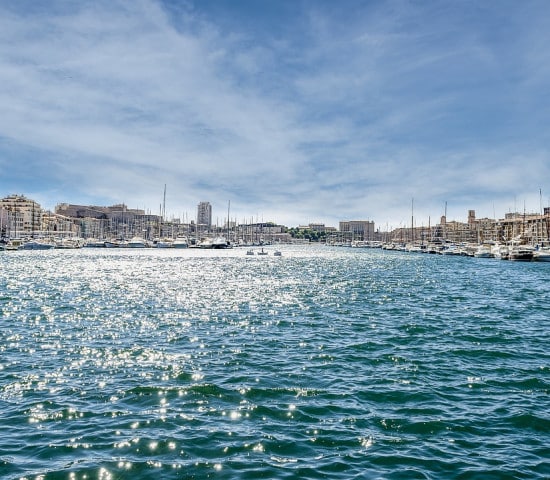
The history of the port
With almost 2,600 years of history, the port of Marseille-Fos is merging with the history of trade in the Mediterranean. Established by the “Greeks of Phocaea”, Massalia became a port city with a rich and turbulent history. Various events disrupted trade during the 19th century, periodically leading to a certain stagnation in traffic in the port of Marseille. Nevertheless, during this century, the port of Marseille experienced a considerable boom, which led to an unprecedented development of the city’s economic activity, at the height of the industrial revolution. The population of Marseille rose from 100,000 at the beginning of the 19th century to 200,000 around 1850 and reached 550,000 by the end of the century. The city’s population increased by a factor of 5.5 in one hundred years.
Many activities were also developed during this period thanks to the arrival of new products linked to the industrialization of oil and soap factories, which had the effect of intensifying goods traffic. The fleet in the port of Marseille gradually adapted to this increase in traffic, notably through the development of steam engines. As ships grew ever larger, the port of Marseille was forced to adapt its infrastructure, notably by dredging the Vieux Port in 1839 to increase its minimum depth to 6 meters. Other works were launched to improve the functionality of the “Vieux Port” with the extension of the “Quai de la vielle ville”, now known as the “Quai du port”, and the creation of the “Quai de Rive Neuve”. The city of Marseille, under the impetus of a project drawn up by the Chamber of Commerce, continued to enlarge its port with the opening of the Joliette basins in 1847, providing more space for ships docking in the port.
The port continued to develop while adapting to the international economic situation, both through the industrial revolution and later, following the 2nd World War, through the development of the oil industries and the globalization of trade. This led the French government to extend the port of Marseille 50 kilometers to the west, to Fos-sur-Mer. This marked a definitive change in the scale of the port.
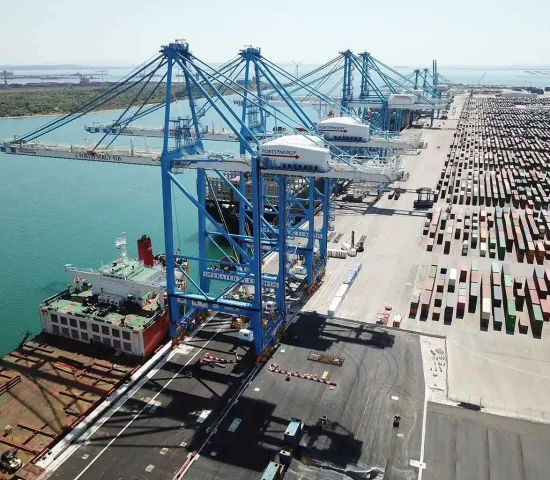
The port of Marseille-Fos today
With its centuries of maritime history and trade with the whole world, Marseille-Fos is now the largest French port in the Mediterranean, and one of the ten largest in Europe.
From containers to cruises, hydrocarbons to cars, trucks to breakbulk, the port of Marseille-Fos handles all types of traffic. Its strength lies in its multidisciplinary nature. With the decline in coal volumes and the arrival of new fuels, the port has been modernized through the construction of new infrastructure.
Marseille-Fos is also looking to the future, notably with the emergence of new green industries (hydrogen, recycling), the purchase of giant cranes for super container ports, and the arrival of submarine cables dedicated to the internet and data centers in order to remain competitive and win new market share.
Discover the map of the port of Marseille-Fos
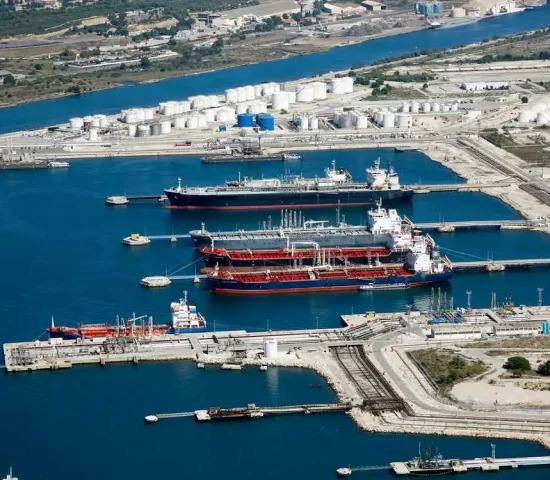
The port’s main professions
-
Ship-owners
Shipowners own and operate vessels of all sizes and for many different uses: Cargo transport, of course, but also towing, piloting, drilling and cruising
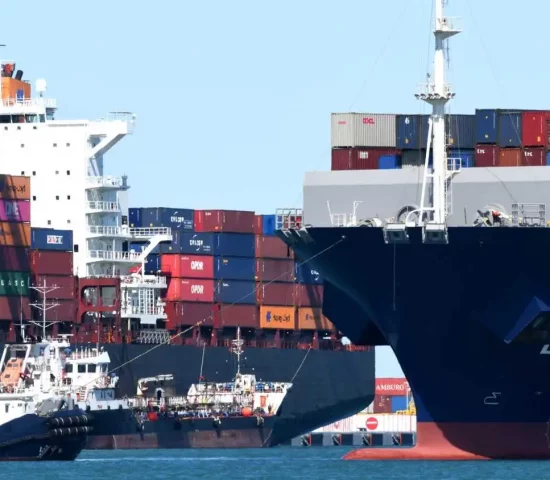
-
Handlers
Handlers, who load and unload containers, parcels, trucks and other bulk goods onto ships, are heavily equipped. With cranes, road vehicles, gantry cranes and straddle carriers, these terminal operators have the equipment and teams they need to handle all cargo quickly and safely.
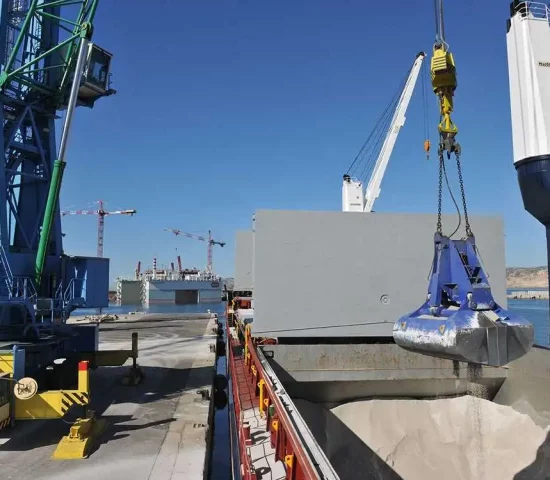
-
Forwarding Agents
In direct contact with customers who need goods transported, they plan transport from departure to arrival and ensure that freight arrives at its destination on time and on budget.

-
Shipping Agents
There’s always a captain on board, but there’s also a captain ashore! This is the role of shipping agents, who make sure that all administrative formalities are completed and that the crew has everything they need at every port of call. As the shipowner’s representative, they liaise with all those involved in the port (forwarding agents, stevedores, harbor master’s office, police, customs, etc.) to ensure that the port of call runs according to plan.
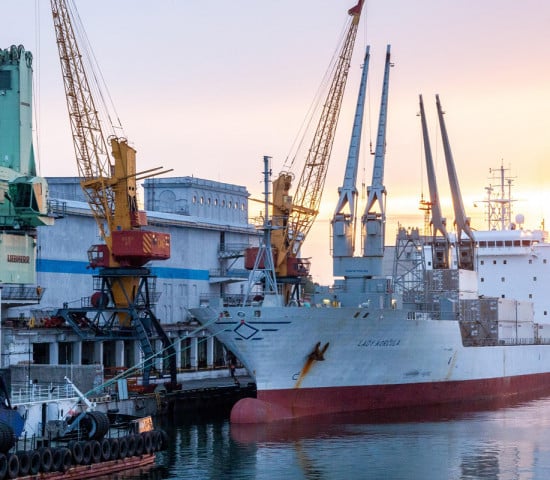
-
Shipyard / dockyard
Marseille’s shipyards provide a full range of ship maintenance services, from luxury sailing yachts to huge cruise liners. From engine maintenance to antifouling paint, navigation system overhaul and even marine carpentry, our shipyards provide all the assistance shipowners need to keep their vessels running smoothly.